
Video: How To Choose The Right Pair Of Crampons
With so many options available, choosing the right pair of crampons can be confusing. Reuben from Next Adventure offers a side by side comparison of the different styles on the market, discusses their intended uses, and offers some pros & cons to help you make the best choice.
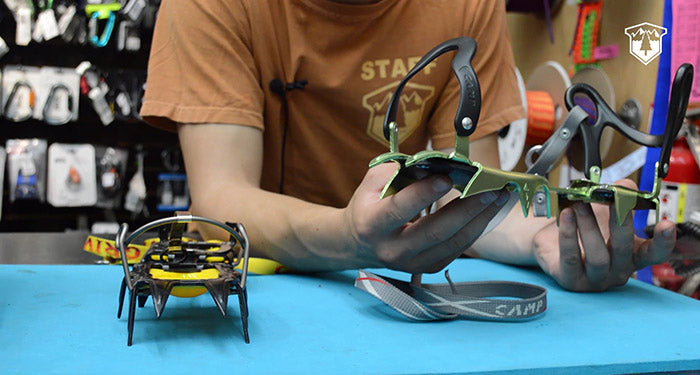

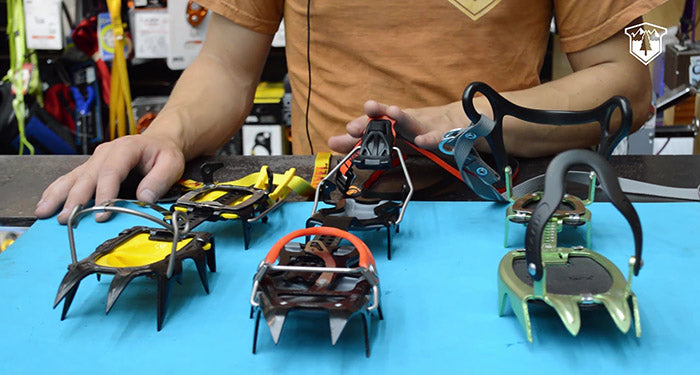
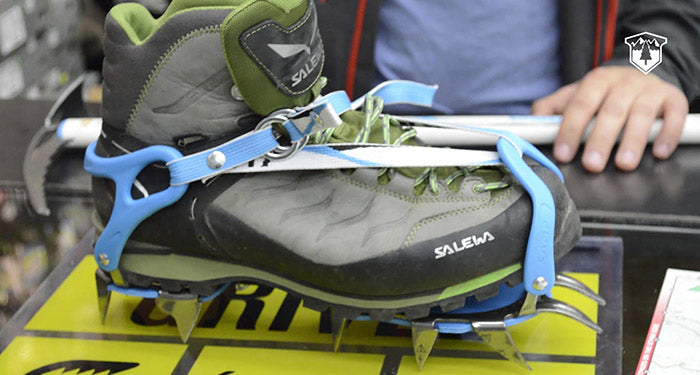
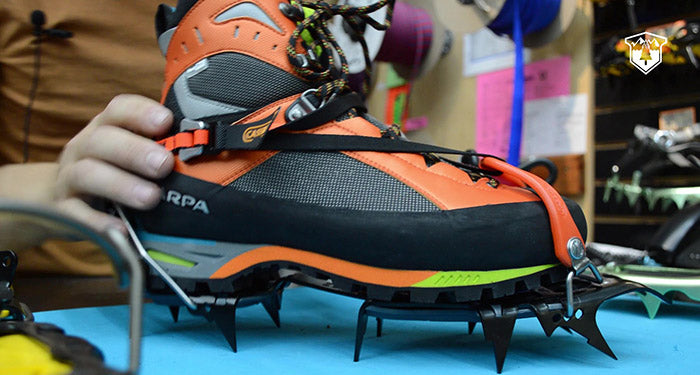
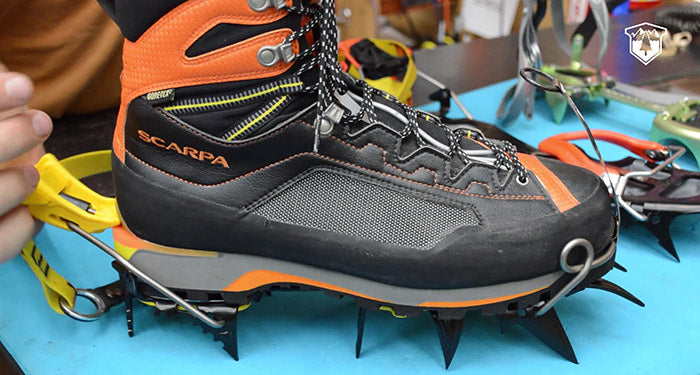 We have demos of both the Cassin Alpinist Crampon and the Camp Stalker Crampon available for rent in our rental fleet as well as both boots used here for demonstration - the Scarpa Rebel Pro and the Scarpa Charmoz OutDry. There are several other things to consider when buying crampons, if you're unsure of what you need, feel free to come on in and stop by our climbing department. Someone here will be happy to help you out.
We have demos of both the Cassin Alpinist Crampon and the Camp Stalker Crampon available for rent in our rental fleet as well as both boots used here for demonstration - the Scarpa Rebel Pro and the Scarpa Charmoz OutDry. There are several other things to consider when buying crampons, if you're unsure of what you need, feel free to come on in and stop by our climbing department. Someone here will be happy to help you out.
Aluminum Vs. Steel
Aluminum crampons are significantly lighter than their steel counterparts, however, they're not nearly as durable. They tend to be less aggressive, oftentimes with fewer points and they're not as sharp out of the box as steel crampons. If you're climbing in areas with harder rock such as granite, you'll often dull the points quite quickly. You can only sharpen the aluminum points once, maybe twice, before you're taking off too much material. Steel crampons are going to be significantly heavier, however, they're going to be much more durable. Steel crampons are very easy to sharpen and can be sharpened numerous times. A good pair of steel crampons can easily last you 10 to 15 years. When you're thinking about steel versus aluminum crampons, consider weight versus durability. Aluminum crampons weigh a lot less but are less durable. Steel crampons weigh a lot more but are more durable.
Horizontal Vs. Vertical Points
The next distinction that you're going to need to make is whether you need horizontal front points or vertical front points. Crampons for general mountaineering and less technical terrain are going to have horizontally oriented front points so that they're better able to gain traction on softer snow. Crampons for more technical mountaineering and ice climbing are going to have vertically oriented front points so that they can penetrate deeper into steep and hard ice. Vertical front points are made with steel and can be modular, this means that they can be moved around and are interchangeable. You also can replace them when they wear out. This modularity means that you can move them for optimal placement and have the option of using two front points or one front point depending on the type of climbing that you're doing and your personal preference. Though you can use crampons with vertical front points for general mountaineering, they tend to be heavier, don't work as well in soft snow, and are also more expensive.
Crampon Binding Systems
Before choosing which crampon fits your model of boot, one last step is to choose your attachment system. Crampons come with three primary kinds of bindings. Universal, semi-automatic, and automatic.
Universal Crampons
Universal crampons have two plastic cages - one at the toe and one at the heel. This means that they can be bound to nearly any mountaineering boot that is stiff enough to support a crampon. They're secured by placing the nose of the boot into the front toe bail, setting the heel into the crampon, then taking the strap and making a triangle shape. This triangle will usually go up through the nose, around to the other side of the heel, then in front and secured on the side, typically through a set of double rings. Be sure to tuck this strap out of the way so you don't catch it with your other crampon.
Semi-Automatic Crampons
Semi-automatic crampons are going to have a plastic toe bail in the front like the universal, however, they are equipped with a metal heel lock in the back with some sort of plastic lever. To put them on, you'll place the nose of the boot in the plastic toe bail, set the heal into the rear of the crampon, then lock it into place on the rear heel welt using a lever. The advantage of a semi-automatic binding system is that it tends to be more secure, particularly in the heel. This is the most common type of binding attachment you'll find because it can attach to nearly any mountaineering boot on the market and is very secure.
Automatic Crampons
The final type of crampon attachment system that you'll find is a fully automatic, or a step-into crampon. The automatic crampon will have the same style heel lever that a semi-automatic crampon had, however, the toe will lock into place using a metal toe bail. Only some boots are compatible with this type of crampon. Because the toe bail is relatively small, it must lock into a small lip on the toe of the boot. This means they will only work properly on very stiff mountaineering and ice climbing boots. You'll notice on a softer boot, like the Scarpa Charmoz OutDry, the boot isn't stiff enough to accommodate a fully automatic crampon. The boot should be inserted into the front of the crampons such that metal toe bail sits on the lip and the heel of the boot is seated on the back piece of the crampon. And once again, the heel lever will lock directly onto the heel welt. The strap will run through some sort of toe piece, around the double rings, and secured in the back. We have demos of both the Cassin Alpinist Crampon and the Camp Stalker Crampon available for rent in our rental fleet as well as both boots used here for demonstration - the Scarpa Rebel Pro and the Scarpa Charmoz OutDry. There are several other things to consider when buying crampons, if you're unsure of what you need, feel free to come on in and stop by our climbing department. Someone here will be happy to help you out.
We have demos of both the Cassin Alpinist Crampon and the Camp Stalker Crampon available for rent in our rental fleet as well as both boots used here for demonstration - the Scarpa Rebel Pro and the Scarpa Charmoz OutDry. There are several other things to consider when buying crampons, if you're unsure of what you need, feel free to come on in and stop by our climbing department. Someone here will be happy to help you out.








